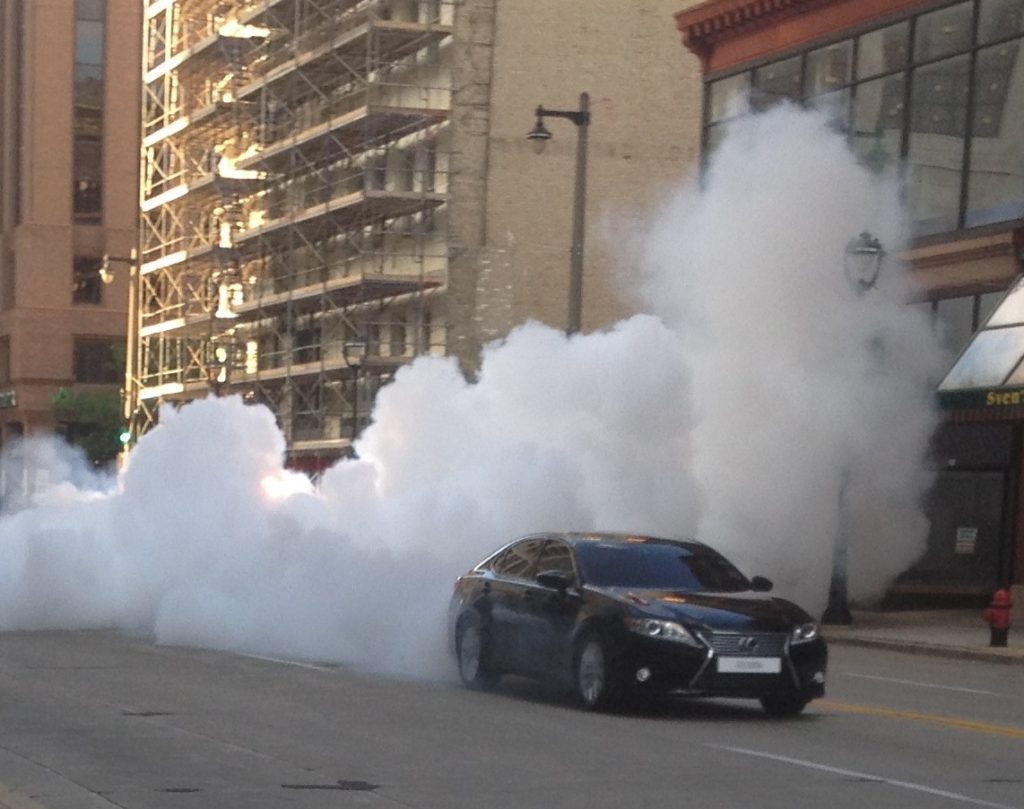How to Check a Head Gasket
Knowing how to check a head gasket sounds complex. It does. It sounds downright terrifying if you don’t know much about cars. It can also be one of the most damaging parts of a car if it should fail. This makes it an important thing to keep an eye on during the regular maintenance of your car.

What does a head gasket do?
Essentially, a head gasket seals the cylinders of an engine. This ensures the most compression and stops leakage of oil into the engine. The gasket comes into contact with several elements of the car such as water, fuel, oil, and exhaust fumes.
How does a head gasket blow?
It’s important to know how to check a head gasket for a break or signs of weakening. There are several ways a gasket can blow, from the design of the cylinder heads to the stress on the screws. The most common cause for a blown head gasket is the engine overheating. The higher the temperature in your engine, the more the metal expands. If there’s any weakness in the head gasket, the swelling will cause damage.
What happens when a head gasket blows? Is it serious?
When a head gasket blows, there are several things that will indicate it. The car will certainly have less power and response. It’s important to know how to check a head gasket when you think it’s broken. There may be white steam coming out of the exhaust as the coolant gets into the exhaust pipe. The engine will not do anything dramatic, like explode, but it can be an unnerving experience. Essentially the fluids that your head gasket works to separate will mix. Your oil will look like chocolate milk as it gets contaminated. Your temperature gauge may be damaged, resulting in excessive overheating. You coolant and engine could mix, and you’ll notice a sweet smelling exhaust coming from your car.
While a blown head gasket can simply be repaired by replacing it, when it causes damage it can be serious. When your engine begins leaking, it’s important to bring it to a mechanic right away. A fully blown head gasket can cause a lot of expensive damage to a car.
What can I do to protect my head gasket?
First, learn how to check a head gasket for cracks or weaknesses. A big sign of a gasket about to fail is an increase in coolant consumption. If you notice your car is overheating a lot more, or is producing a sweet, white exhaust, take it to a mechanic. You can have your gasket tested at any mechanic, any time.
To protect your head gasket, the easiest way is to keep coolant at the proper level and mixture. Be sure to change the coolant as often as your manufacturer recommends. You should also make sure your water pump is working properly. You can do this by just listening for noises, or making sure it doesn’t wobble. If you drive a manual, be aware that down shifting can be hard on your head gaskets.
Knowing how to check a head gasket can save you a huge repair bill, and help prolong the life of your car.



